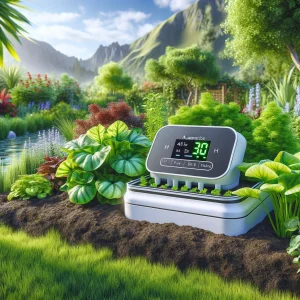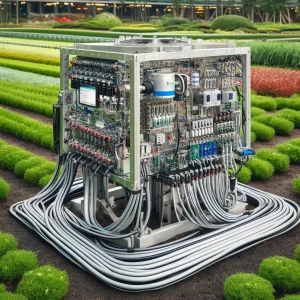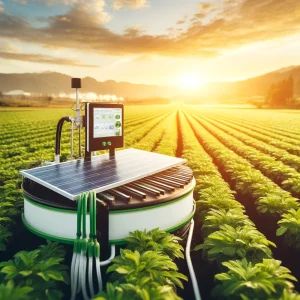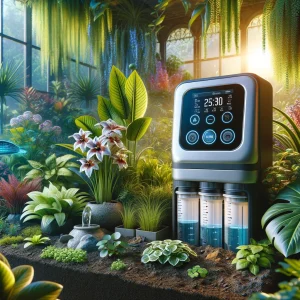Maintaining perfect soil conditions is paramount for plant health and robust growth in gardening and landscaping. One of the most innovative advancements in this arena is the development of automated pH and nutrient adjusters. Moreover, these devices revolutionize how gardeners and landscapers manage soil quality, ensuring optimal conditions with minimal manual intervention.

Understanding the Importance of pH and Nutrient Balance
Soil pH and nutrient levels are critical factors that influence plant health. The pH level affects the soil’s chemical balance, influencing nutrient availability. A too-high or too-low pH can lock nutrients away, making them inaccessible to plants. Additionally, appropriate nutrient levels are crucial as they feed plants and support various physiological functions.

How Automated Adjusters Work
Automated pH and nutrient adjusters are sophisticated devices that automatically monitor and modify soil conditions. Consequently, these systems have real-time sensors to measure soil pH and nutrient concentrations. When deviations from ideal conditions are detected, the adjusters dispense the necessary amendments—adjusting the pH up or down or releasing specific nutrients. Therefore, this process ensures that plants consistently receive the optimal soil environment for growth.
Practical Examples and Device Comparisons
Let’s examine a couple of standout devices in the market:
Firstly, the SoilTech Sensor System: This system is designed for residential and commercial use. It continuously monitors soil conditions and automatically applies a balanced mix of nutrients and pH adjusters through an integrated drip system. It’s particularly effective in large landscaped areas where manual testing and adjusting would be cumbersome and time-consuming.
Secondly, GreenGrow’s Smart Adjuster: Ideal for smaller gardens and indoor setups, this compact device adjusts pH and nutrient levels via a connected app. It’s less invasive and highly efficient for personal use, making it a favourite among home gardeners who seek simplicity and precision.
Addressing Gardening Challenges
Furthermore, these devices prove especially valuable in combating nutrient deficiencies and pH imbalances. For instance, automated adjusters can continuously administer lime to raise the pH in areas with naturally acidic soils, enhancing nutrient availability and plant health. Conversely, they can apply sulphur to lower the pH to a more suitable level in alkaline soils.

Cost, Efficiency, and Ease of Use
Cost, efficiency, and user-friendliness are paramount when comparing these devices. While systems like the SoilTech Sensor System might represent a higher upfront investment, they offer significant long-term savings in reduced labour and resource use. On the other hand, devices like GreenGrow’s Smart Adjuster are more affordable and easier to install, though they may require more frequent user interaction.
The Future of Automated Soil Management
As technology advances, we can anticipate more sophisticated solutions in automated soil management. Future innovations may include more granular sensors, AI-driven analytics for predictive adjustments, and integration with other intelligent gardening systems, potentially creating a fully automated garden management ecosystem.
Automated pH and nutrient adjusters are tools and partners in the quest for perfect plant health. By embracing these technologies, gardeners and landscapers can improve their practices’ efficiency and enhance the vibrancy and yield of their plants. As we move forward, integrating such technologies will undoubtedly become standard practice, heralding a new era of high-tech gardening and landscaping that is smarter, more efficient, and more productive.

